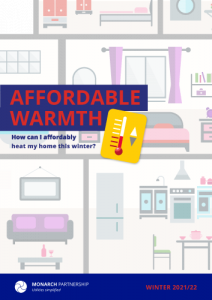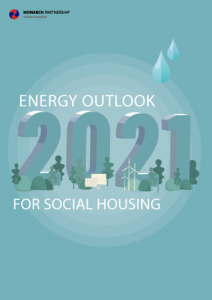Clean growth strategy – heat networks
The Clean Growth Strategy (CGS), published in October 2017, is a government-led environmental scheme created to meet the goals set by the 2015 Paris Agreement, with the tagline “leading the way to a low carbon future”. The CGS focuses on innovative low carbon energy options, with one particularly pertinent to the energy industry being heat networks – a more sustainable and ultimately cheaper choice than gas boilers. A heat network, sometimes known as district heating, is comprised of a system of insulated pipes which take heat – in the form of hot water or steam – from a central energy source and transfer it to multiple buildings. There are currently 17,000 heat networks in the UK which supply heat to 500,000 domestic, commercial, retail and industrial customers, and this number is rising all the time.
A heat network’s energy centre – or point of generation – receives its heat from a number of places such as power stations, industrial processes, heat pumps, and geothermal sources, to name but a few. This heat is harnessed and then effectively recycled as it is transferred to its end user. It is especially important to note that unless this heat is channelled into district heating, it cannot be reused elsewhere. Rather than having a traditional gas boiler in their home, the user in the heat network will have a control panel to regulate the heat coming into their home, eliminating the problem of inefficient boilers and wasted energy from these. The district heating system is a step in the right direction towards the long-term decarbonisation of heat, with a government target of 18% of UK heat to come from heat networks by 2050 – compared to just 2% now. Additionally, the UK’s heat sector contributes to around 40% of our carbon emissions and this needs to be significantly reduced in order for government targets to be met.
“Clean growth is not an option but a duty”
The Government’s definition of “clean growth” in their executive summary of CGS involves cutting greenhouse emissions “while ensuring an affordable energy supply” for consumers. Heat networks already ensure lower bills for users, with some statistics showing savings of 30% upwards. This is partially down to a push for more energy efficient new builds, with a sharper focus on high quality insulation to reduce wasted heat. Further investment in low carbon heating comes in the form of a Government initiative, the Renewable Heat Incentive. It allows owners who have installed renewable heat generation systems to receive payment for surplus energy created, which can then be reused elsewhere. The CGS also promotes the use of other renewable technologies like solar panels and biomass boilers as an alternative to more old-fashioned, polluting methods.
Currently, almost 70% of the UK’s heat comes from natural gas but, slowly, this is being substituted with low carbon gases such as biogas or hydrogen. Using a combination of sources to supply heat within a network ensures that, should any supply issues arise, the service is more reliable. This is a relatively new area in terms of heat demand, so the Government has commissioned research into the use of hydrogen in heating which will also help anticipate potential changes to the electricity grid. A report containing this evidence is due to be published this summer and will hopefully shed some more light on the future of decarbonisation within heat networks.
Useful links:
Our service: Tenant Billing solution for heat network schemes
How can you make your business sustainable and resource-efficient?
Do heat networks help us live more sustainably?
KPMG: Government recommits to clean growth
Clean Growth Strategy: worth the wait?
How the ‘Clean Growth Strategy’ hopes to deliver UK climate goals
What are we to make of the government’s Clean Growth Strategy?















